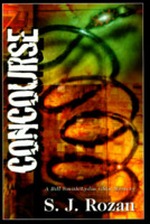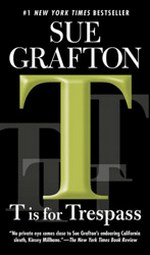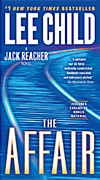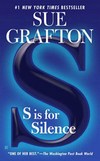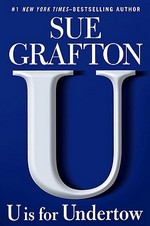 U is for Undertow
U is for Undertow
by Sue Grafton
Series: Kinsey Millhone, #21
Hardcover, 416 pg.
G.P. Putnam’s Sons, 2009
Grafton again goes for a multi-perspective, bouncing back and forth between Kinsey’s present and the case’s past approach to this book. It weaved an interesting arc, once you put all the pieces together. I see why she’s using it, I appreciate the skill, but it’s a trick she’s relying on too often, I fear. It’s starting to dull the effectiveness.
This wasn’t a typical case for Kinsey — other than the cold-case nature of it, which she seems to do a lot of lately. A missing persons case this time, brought to her by — never mind, it’d take to long to explain, you’re better off hearing it from the client.
Typically, in a PI/mystery novel, you get hardened criminals, seemingly destined for it since birth — sadists, psychopaths, just generally mean people, that sort of thing. But really, crimes are probably just as often perpetrated by the stupid, the bored, the desperate — it’s good to have reminders of that. It’s also entertaining, because it’s the last people you’d think to look for, so when someone like that pops up in a book, it’s refreshing.
I did really appreciate the self-aware flash of insight Kinsey has while listening to someone unloading a well rehearsed recital of family sins against her. Kinsey sees what she must sound like to others when she does so. Not often that someone as self-assured as she is has such a moment of clarity, and it’s nice to see that Kinsey’s capable of it.
Even better is that this insight led to a very promising leap forward in the ongoing story about Kinsey’s estranged family.
Oh, as an added bonus…there’s some pretty helpful writing advice tucked away in here.
Another worthy entry in this long-running series, not much else to say, really.
—–



